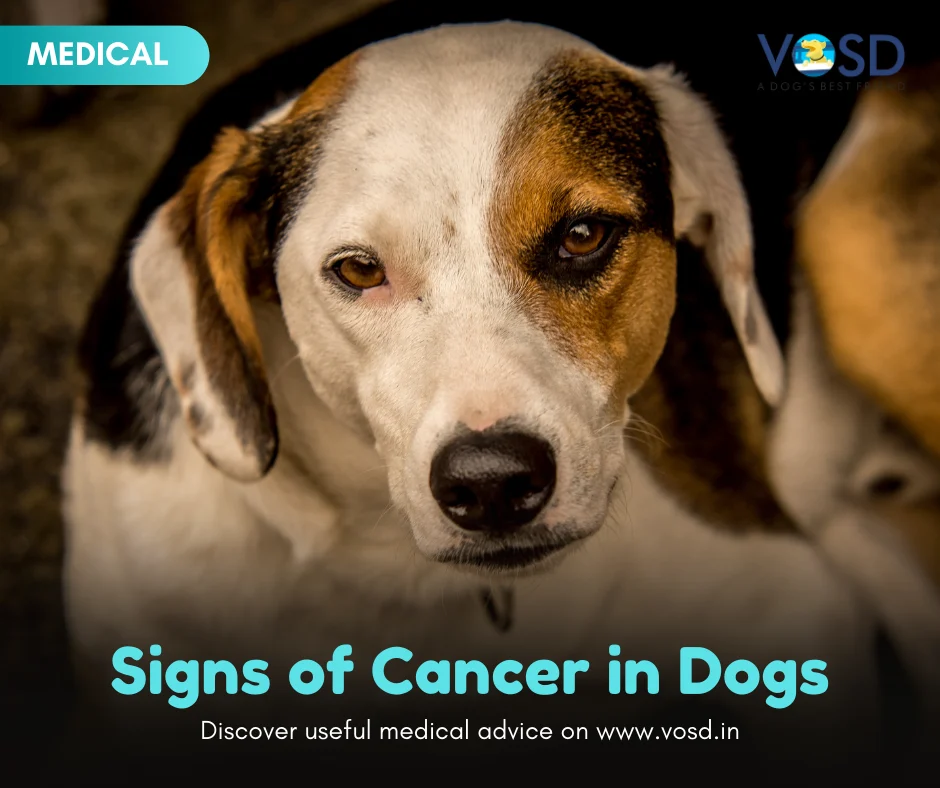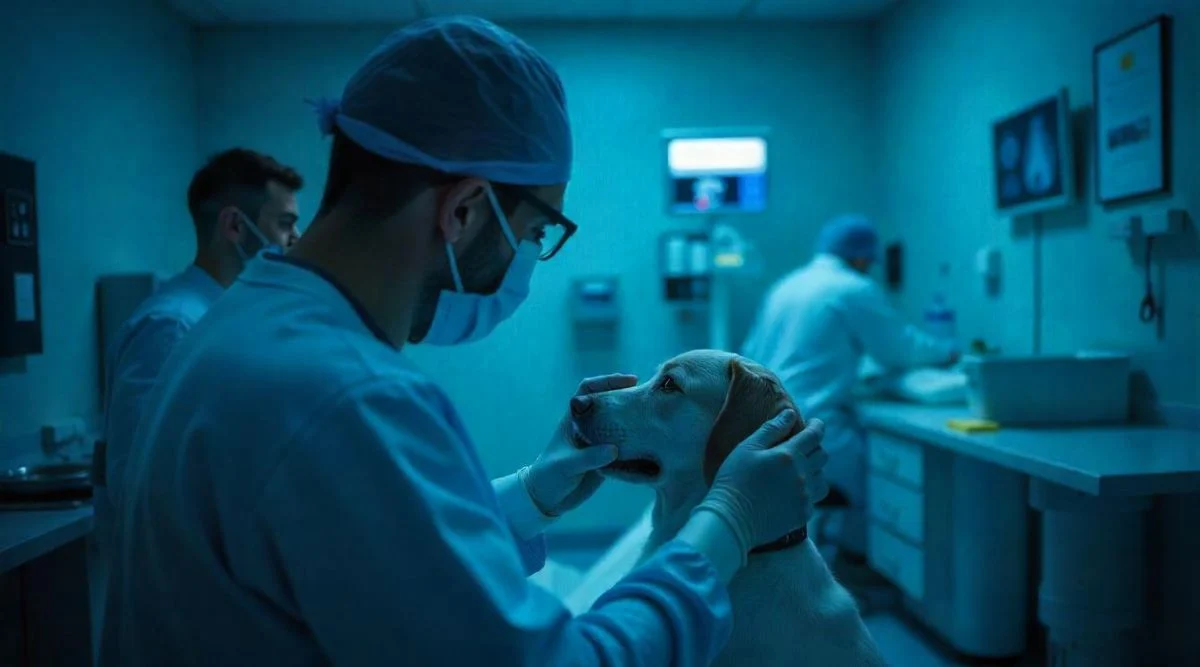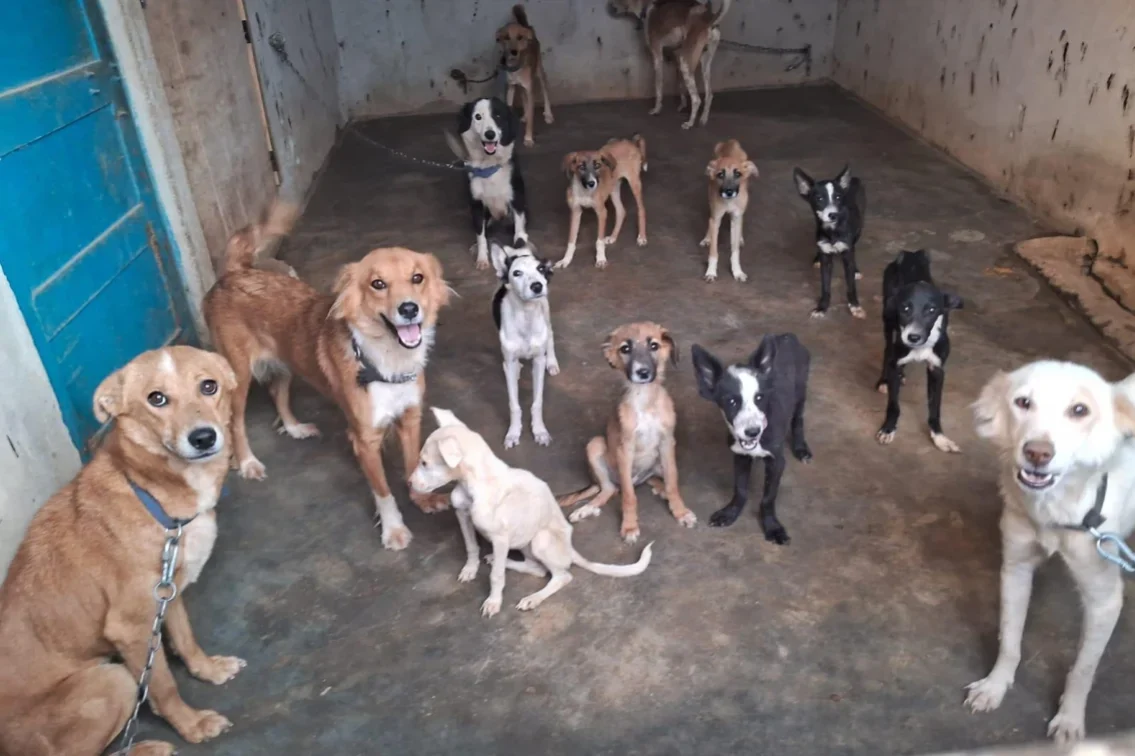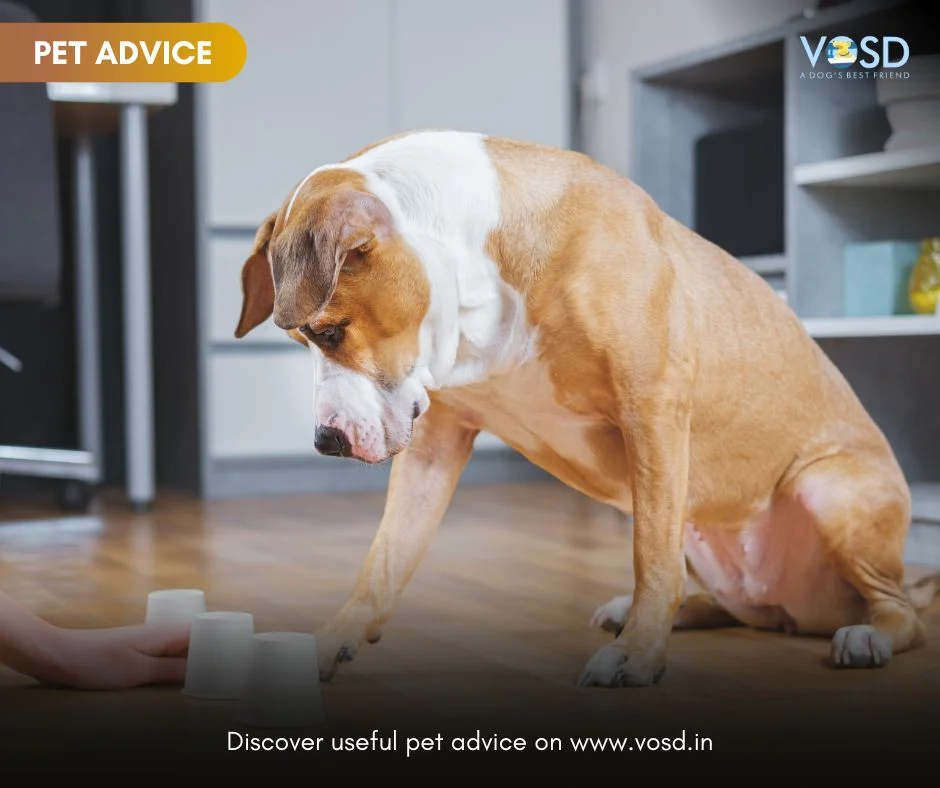Learn how to spot the signs of cancer, so you can save your dog from a possible (and late) cancer diagnosis.
Cancer isn’t the exact same in dogs as it is in humans. For example, a tumour like TVT (transmissible venereal tumour) is a contagious form of cancer, and so far, there hasn’t been an equivalent in human diseases. (Read all about TVT here.)
Cancer usually occurs in older dogs, and the rates and frequency of cancer diagnoses are increasing daily. Studies show that around 50% of dogs over the age of 10 get a cancer diagnosis.
At VOSD, we deal with dogs that have had all kinds of medical diseases, from parvo to mange to diabetes. Our no-kill sanctuary is constantly growing every day to provide premium, high-quality medical care to our dogs. Our veterinarians and para vets have years of experience dealing with dogs of all kinds, from surgery to administering medicines and providing long-term therapy.
We would like to share with you some of our insights from our experiences on the field.
Spot some of these symptoms before it’s too late
Is there a lump/growth?
This is the most obvious and tell-tale sign of cancer. If you spot a lump or growth on your dog’s body it is important to get it checked as soon as possible. Don’t wait on it if you do notice one, one day wasted could change the direction of a potential diagnosis forever. If the wound you see doesn’t heal, then chances are it’s a malignant growth.
Observe lymph nodes
Lymphoma is a common form of cancer in dogs. If you notice a swelling in the lymph nodes of a dog, it could be a sign of lymphoma. The lymph nodes are located all over the body, but you should check the lymph nodes under the jaw or behind your dog’s knee. These are where the nodes are more prominent. You will be able to spot the veins/nodes – they feel soft and will look slightly enlarged upon closer inspection.
Abnormal frequency of diarrhoea and vomiting
Uncontrolled and sudden vomiting and regurgitation of ingested food could be symptomatic of stomach cancer.
Abnormal amounts of bleeding/slow healing of wounds
Are there wounds on your dog that just don’t seem to go away? Is the blood not clotting and is the healing either negligible or slow?
Abdominal swelling
The build-up of fluid could indicate a tumour or growth in the dog’s abdomen. The stomach area will look bigger.
Trouble ingesting food
A common symptom of oral cancer is sudden difficulty eating and consuming water.
Change in behaviour, such as constant lethargy
While this could indicate different diseases or conditions, it often accompanies cancer as well.
Becoming lame/having difficulty walking
This usually happens because of an injury, but there have been cases where persistent lameness or trouble walking are a sign of bone cancer.
Trouble urinating or defecating
If there is a tumour or mass growth near the urinary tract or near intestines etc, it puts pressure on the tract. A sign of a tumour in the urinary tract, or near the bladder, is trouble urinating. TVT or transmissible venereal tumours, are a significant concern. Read about TVT here.
Trouble breathing
Your dog might develop loud breathing that sounds raspy and uncomfortable. Or its breath will be long drawn out and heavy. Any trouble breathing is a sign of trouble. But one common cause could be throat cancer.
Dogs can suffer from different kinds of cancer
Dogs are generally at risk of getting cancers such as TVT, mast cell tumours, lymphoma, osteocarcinoma (the most common type of bone cancer found in dogs), melanomas (in dark skinned dogs), testicular cancer, mouth cancer, nose cancer, and mammary carcinomas (when a female dog is not spayed, they are at higher risk of developing this.)
Treatment and therapy
The usual mode of healing is through chemotherapy, or by surgically removing the tumour. There will be a recovery period and possibility of remission. As a pet parent, you will have to consult with your pet’s veterinarian for a diet plan, medication plan, and schedules for vet appointments.
The information contained in VOSD Vet Advice™ is not intended nor implied to be a substitute for professional medical action which is provided by your vet. You assume full responsibility for how you choose to use this information. For any emergency situation related to a dog’s health, please visit the nearest veterinary clinic.





